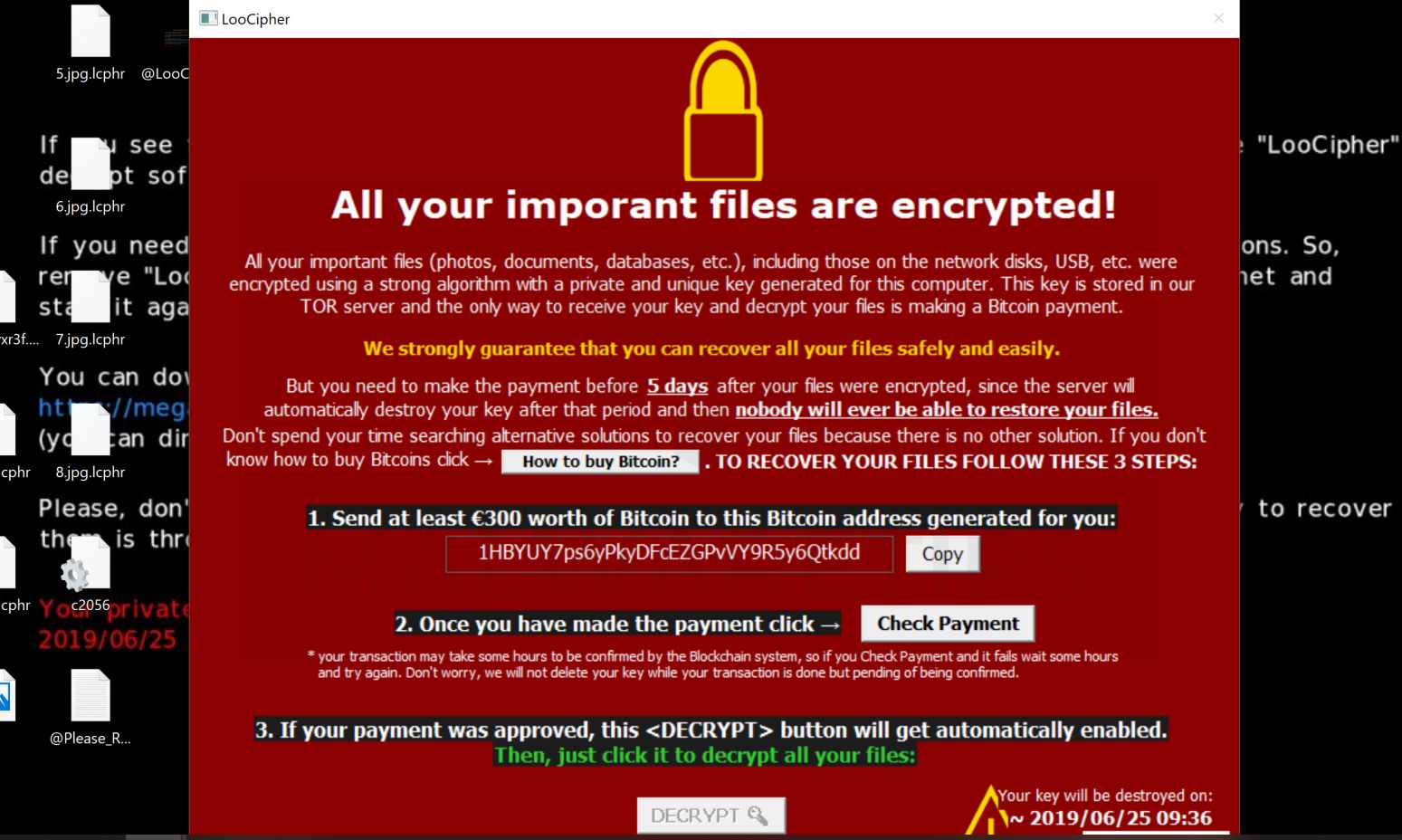


These steps include the push for a Software Bill of Materials (89%) reinforcement of Zero Trust principles on infrastructure that runs business-critical applications (64%) elimination of embedded credentials to secure passwords, secrets and other credentials used by applications machines and scripts (64%) and real-time monitoring and analysis to audit all privileged session activity (59%). Whilst cybersecurity might have taken a backseat in every organisation's key priorities, security professionals aid steps should still be taken to reduce cybersecurity risk. If digital identities go unmanaged and unsecured, “they can represent significant cybersecurity risk,” according to CyberArk, adding that 74% of non-humans or bots have access to sensitive data and assets.ĭespite the risks, 82% of organisations have pushed back the spotlight from cybersecurity plans, with even 69% saying they have done nothing to secure their software supply chain post the SolarWinds attack.Īlso, only 46% of those surveyed said they have Identity Security controls in place for their business-critical applications. The findings of the report showed that machine identities now outweigh human identities by a factor of 27x on average and that the average staff member has greater than 28 digital identities. “This debt has arisen through not properly managing and securing access to sensitive data and assets, and a lack of Identity Security controls is driving up risk and creating consequences,” CyberArk added. Being a tool created for a specific purpose, it doesnt eat up processing power and, in fact, has a small digital footprint. 1PG Student, Department of Masters of Computer Applications, VESIT, Chembur, Mumbai. Although it started out in beta mode, this anti-ransomware tool has transformed into one of the best options on the market today. Organisations are exposed to greater risk due to cybersecurity debt, according to a report.Ībout 80% of organisations in Singapore experienced ransomware attacks last year, the CyberArk 2022 Identity Security Threat Landscape Report showed.īased on the report, organisations are being exposed to greater risk due to identity-related cybersecurity “debt.”ĬyberArk said cybersecurity debt exists when “security programs and tools that have grown but not kept pace with what organisations have put in place to drive operations and support growth.” Anusha Chandrasekharan1, Bhavana Malviya2.


 0 kommentar(er)
0 kommentar(er)
